Listeria monocytogenes faecal carriage is common and depends on the gut microbiota
- PMID: 34819495
- PMCID: PMC8613254
- DOI: 10.1038/s41467-021-27069-y
Listeria monocytogenes faecal carriage is common and depends on the gut microbiota
Abstract
Listeria genus comprises two pathogenic species, L. monocytogenes (Lm) and L. ivanovii, and non-pathogenic species. All can thrive as saprophytes, whereas only pathogenic species cause systemic infections. Identifying Listeria species' respective biotopes is critical to understand the ecological contribution of Listeria virulence. In order to investigate the prevalence and abundance of Listeria species in various sources, we retrieved and analyzed 16S rRNA datasets from MG-RAST metagenomic database. 26% of datasets contain Listeria sensu stricto sequences, and Lm is the most prevalent species, most abundant in soil and host-associated environments, including 5% of human stools. Lm is also detected in 10% of human stool samples from an independent cohort of 900 healthy asymptomatic donors. A specific microbiota signature is associated with Lm faecal carriage, both in humans and experimentally inoculated mice, in which it precedes Lm faecal carriage. These results indicate that Lm faecal carriage is common and depends on the gut microbiota, and suggest that Lm faecal carriage is a crucial yet overlooked consequence of its virulence.
© 2021. The Author(s).
Conflict of interest statement
The authors declare no competing interests.
Figures
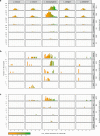
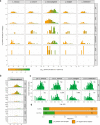
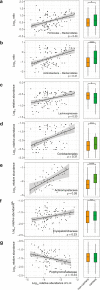
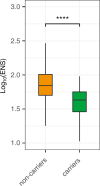


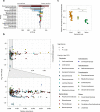

References
Publication types
MeSH terms
Substances
LinkOut - more resources
Full Text Sources

